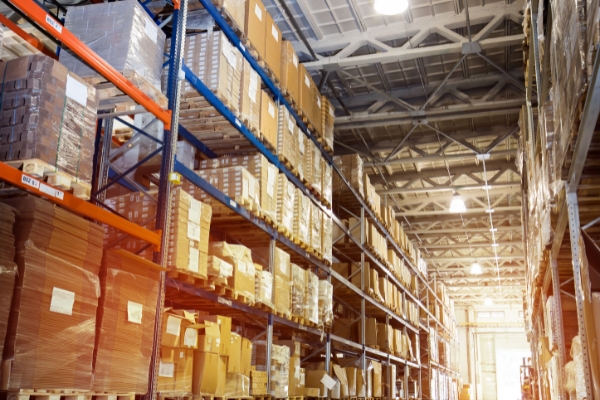
In 2021, industrial real estate reached new heights, which is quite the accomplishment for a sector already known for its red-hot performance. Even in the midst of a global pandemic—or, in many ways, because of it—the sector isn’t showing any signs of cooling. In fact, no matter what criteria you use to measure its success—leasing activity, vacancy rates, rental rates, new construction, net absorption—industrial is booming. And, according to James Breeze, senior director and global head of Industrial & Logistics Research at CBRE, this is just the start of what he calls “a new era for industrial real estate.”
Breeze, who served as the keynote speaker during BOMA International’s Virtual Industrial Real Estate Conference in mid-January, said 2021 saw almost every single market fundamental break records due to a significant increase in demand. That included record leasing activity, record low vacancy rates, record high asking rents, record starts and record high net absorption. “We’ve had positive net absorption for industrial product for 54 straight quarters, and it continues to escalate,” he shared. In fact, there is so much demand for first-generation industrial space, 80 percent of what was built over the past year is already off market, contributing to a national vacancy rate of only 3.2 percent in the United States.
According to Breeze, there are several factors driving this unprecedented supply-demand imbalance for space in the sector, including a huge increase in e-commerce sales since the beginning of the COVID-19 pandemic. With current consumer demand, if location and inventory are not well-calculated, retail companies risk losing a significant amount of business. And the retail inventory to sales ratio continues to remain at what Breeze calls “an historic low,” which partially explains the absence of items on shelves.